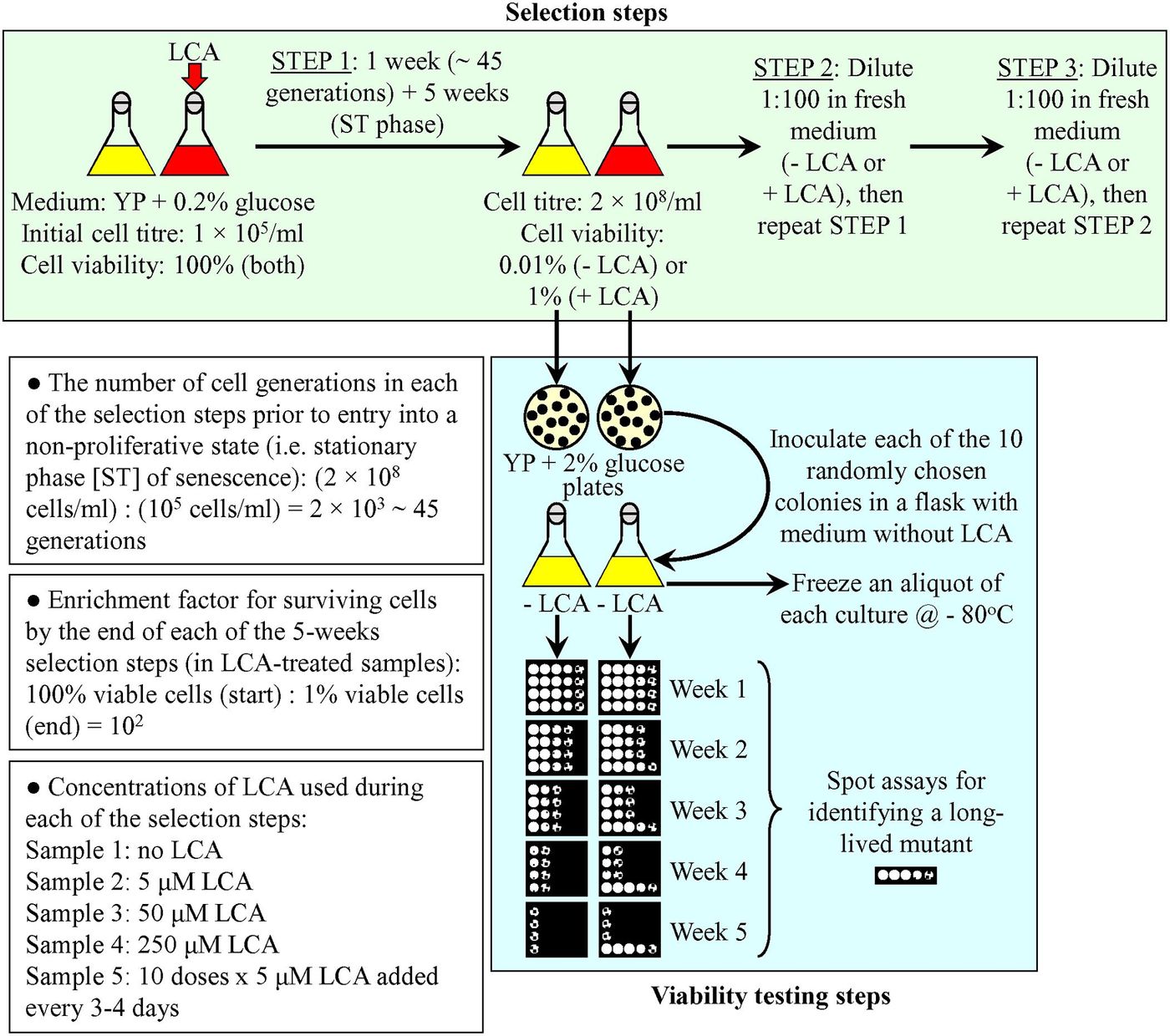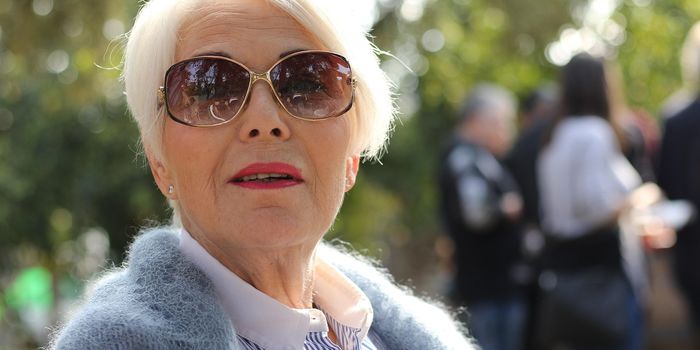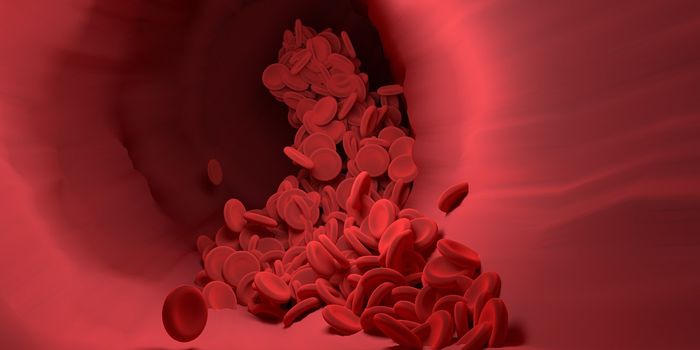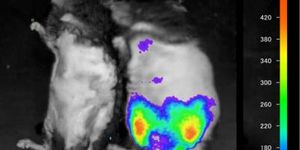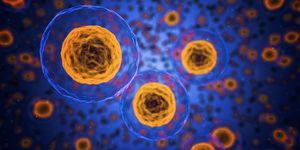Unraveling the Causes of Aging Using a Yeast Model
Yeast has long been used by researchers as a model organisms; it is inexpensive and easy to work with and has many genes and cellular functions with a high degree of similarity to human counterparts. Researchers have now used yeast to learn more about the cellular mechanisms underlying the aging process, discovering some of the genetic mechanisms that drive aging. It is not only a yeast cell or human body growing old and wearing out from use, aging is an dynamic event controlled by a specific group of genes. The work is briefly summarized in the following video.
The research has been described in two new reports published by a team of researchers working with Vladimir Titorenko, a Professor of Biology at the Faculty of Arts and Science at Concordia University. One report appears in the journal Frontiers in Genetics, the other can be found in Aging, both open access journals. The researchers have found that some genes are acting to accelerate the aging process while some can slow the process down.
"We're the first to provide evidence for the existence of genetic mechanisms that limit lifespan," Titorenko said.
Titorenko has previously discovered a natural chemical called lithocholic acid that is capable of delaying aging. In this work, the investigators exposed the yeast to lithocholic acid. The result was a yeast that lived much longer, called "yeast centarians" by the researchers. Those yeast survived five times longer than they normally would.
It was found that these yeast centarians had special mitochondria, a part of the cell that generates energy, which made more energy and consumed more oxygen than the mitochondria of normal yeast. Additionally, the yeast centarians were more resistant to another process involved in aging, oxidative stress.
The scientists now plan to utilize the yeast centarians to help settle a debate about two competing theories. One theory postulates that there is a genetic program that shortens the lifespan of organisms as part of a greater evolutionary purpose. Active processes would be at work to control aging and restrict lifespan. The other theory suggests that aging is not relevant to evolution; evolution does not have an interest in limiting lifespan so no evolved mechanism to control aging exists. This theory also says that a long-living organism would be likely to grow more slowly and reproduce with less efficiency than an organism with a limited lifespan.
The researchers have already shown that separate populations of normal and centarian yeast have equivalent reproduction and growth rates, suggesting that aging is indeed a programmed event that is under biological control.
Titorenko expects these findings will be applicable to human systems. "By confirming that there are active mechanisms limiting the longevity of any organism, we provided the first experimental evidence that such lifespan-limiting active mechanisms exist and can be manipulated by natural molecules to delay aging and improve health," he concluded.
In the following figure from the Frontiers in Genetics publication, the authors outline how the long-living yeast were generated in the laboratory.
Sources: AAAS/Eurekalert! via Concordia University, Frontiers in Genetics, Aging
